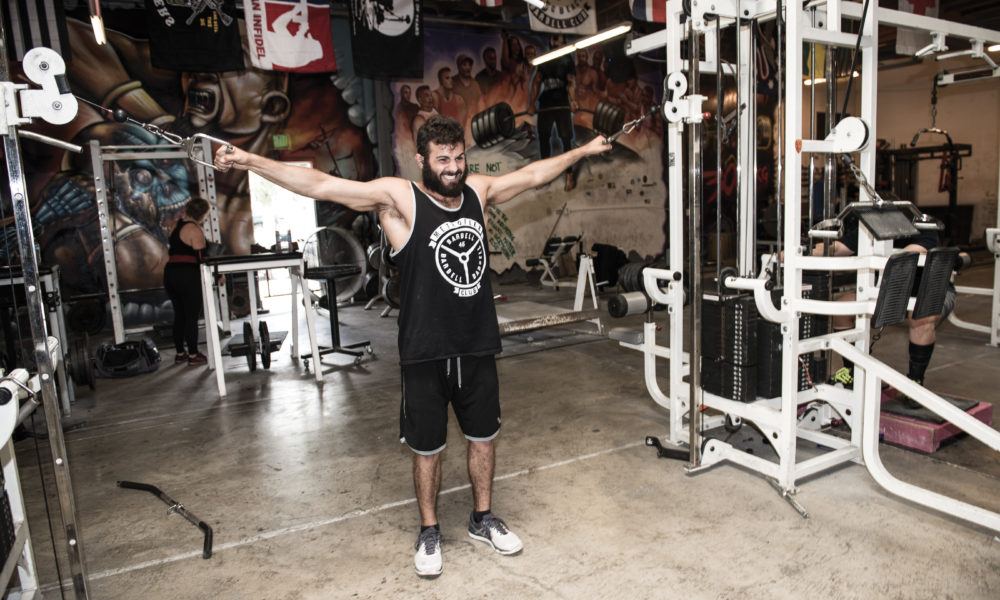

Certain muscles don’t fit neatly into a training week. Here’s how to make room for them.
By Eddie Avakoff, owner of Metroflex LBC
You ever learn a great exercise but then don’t know where it fits in your routine? Take face-pulls, for example. Are face-pulls saved for shoulder day? Or because of its benefit to the bench press, is that something deemed for bench/chest day? And what day do forearms fall on?
First, it’s important to acknowledge that these secondary muscle group movements are indeed worth doing. Don’t pass on them just because the don’t fit in the conventional five muscle groups that most people target: legs, chest, back, shoulders, and arms. The traps, forearms, and neck extensors are just as important to target as primary muscle groups for both performance and injury-preventative reasons.
Often, an athlete may have every intention of targeting these muscles but then fails to do so due to time or energy. So how do we fit them in our routine? There are a few practical ways to do this.
First, you could dedicate a day of the training week for secondary muscle groups. Let’s say you’re on a Monday-through-Friday training schedule—I see benefits in placing this kind of training day in the middle of the week especially if you were planning on Thursday being a compound movement day, like deadlifts. Secondary muscle groups are isolation movements, therefore allowing the posterior chain to take a rest for that day of training. Assuming the posterior chain had been used Monday and Tuesday (squats and bench press, for example), then Wednesday would be a good idea to rest the lower back before deadlifts, which in this case would fall on Thursday.
If you abide by a muscle group routine, then allowing a day to train secondary muscle groups to fall at the end of the week is the best strategy. Knocking these muscle groups out on a low-stress workout like arm day (Friday, in most cases) is a solid plan.
Another way you could go about implementing secondary muscle groups into an existing routine is by changing the current exercises being performed into supersets. Secondary muscles always support primary mover muscle groups, and those are the matches we want for supersets. For example, forearms are a vital component of barbell work, especially pulling. Therefore, implementing forearm work in conjunction with or immediately after a movement like deadlifts or rows is very effective. Blast the primary moving system and then isolate small components of that system and burn them out. Barbell shrugs are also a great secondary movement to deadlifts, rows, or even cleans.
Now am I advising you to hog both the bench press and cable crossover just so you can face-pull right after you bench press? Well, yes.
Although that is a pretty awesome superset (and I suggest you do try that, just maybe at a time when your gym is empty), what I’m really trying to get across is that secondary movements should be analyzed: What is the purpose, what muscles are activated, what planes are we moving in, and where does it fit in the program? Can these secondary movements be implemented into existing training days in the form of supersets or burnouts? Or does the abundance of secondary movements justify its own dedicated day for them?
There was a time when hip extension was at the upmost importance of my training program. I was competing in CrossFit, strongman, and powerlifting. Everything was about exploding with the hips. Subsequently, for a period of time, in an effort to strengthen that aspect, there was a day dedicated to hip extension and everything associated with it.
Assessing movements and muscle groups on is all relative to each individual athlete. Now, I compete in fewer strength sports and a lot more endurance sports: obstacle-course racing, triathlons, MMA. For that reason, I have a day dedicated to long dynamic leg movements for high volume, usually under a cardio domain such as weighted lunges and loaded carries. The bottom line is the nature of the sports I compete in tailor the training protocol that I abide by.
So what are some secondary muscle groups, and what quality movements can athletes perform in order to strengthen them? Here are some of my favorites:
- Forearms: Strong forearms are essential in so many sports: grip strength for obstacle-course racing, holding a bar during deadlifts (powerlifting), tightening a submission (MMA, grappling), the list goes on and on. Forearm and grip strength can make or break an athlete in many ways. Good exercises to strengthen for forearms are farmer’s carries, pull-ups (or anything hanging from a bar), deadlifts (no straps, of course), and the Hercules hold with the cable crossover machine.
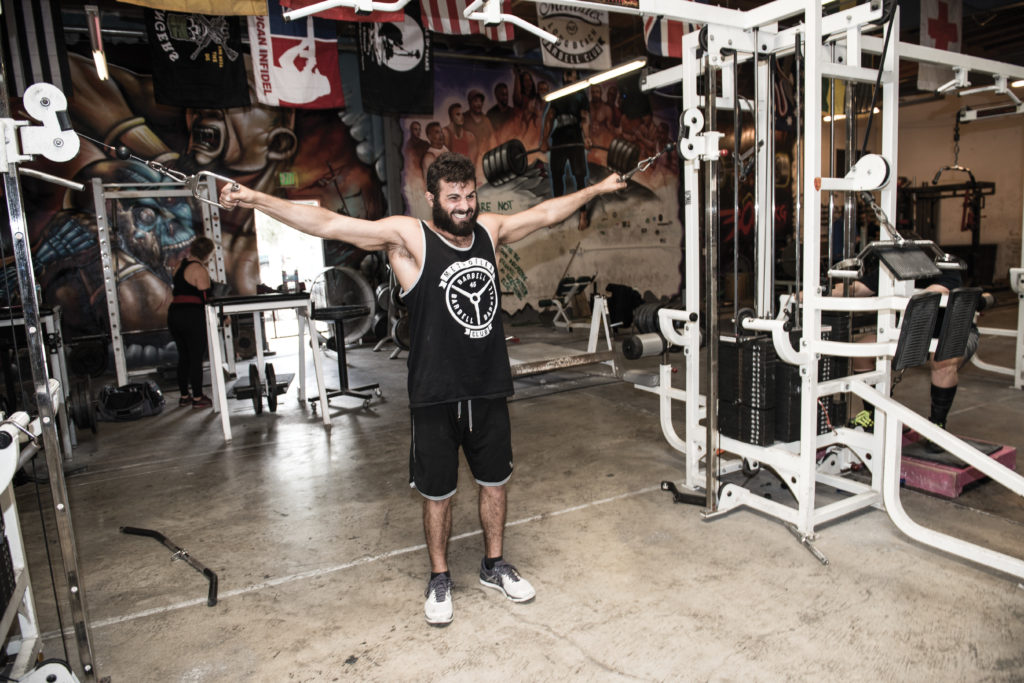
- Traps: Who doesn’t want to look like Bane from Batman? Seriously. Plus, traps certainly help with the top half of the deadlift, especially pulling that bar up to your hips and locking it in place. In the same regard, traps also help the middle section of the snatch or clean. Heavy barbell shrugs are the most effective movement for building up big traps, but many overlook the effectiveness of the sumo deadlift high pull, especially when performing this movement with high elbows pointed at the sky.
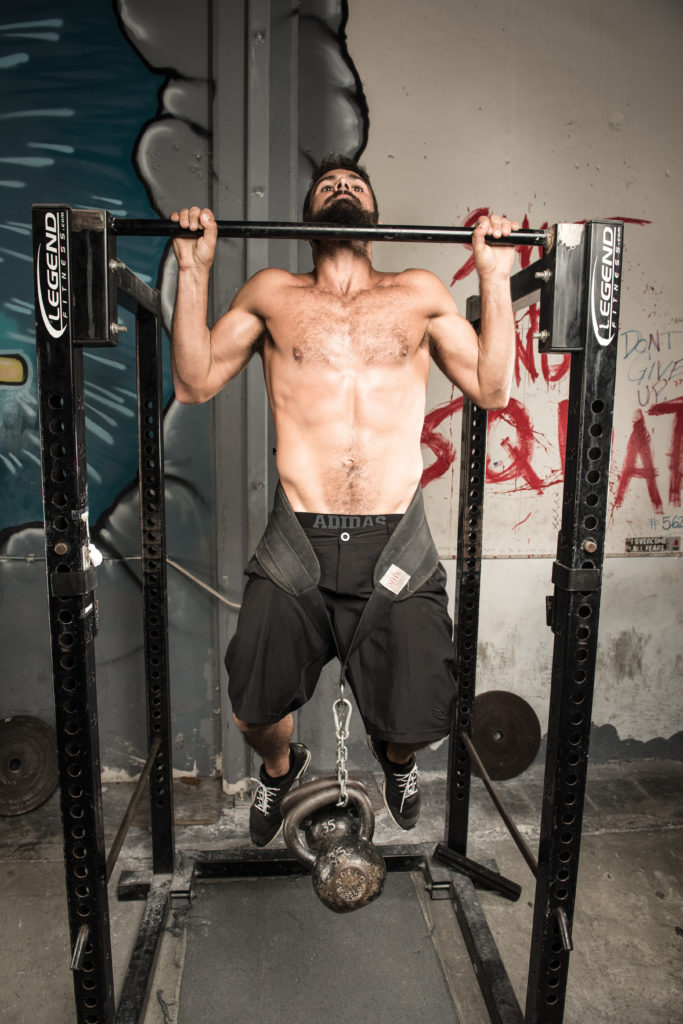
- Calves: Don’t be that big guy with small calves. Calf raises are obviously the best movement for calves, but there are a lot of ways to perform them, and some aren’t as effective as others. Calves are best attacked with time under tension, using slow deep reps and squeezing the calf muscle at all times. Bouncing out fast reps on the calf machine doesn’t break down the muscle as well as slow methodical repetitions. Calves obviously falls on leg day, but calves are also one of those muscle groups (like abs) that you can work more than once a week. Toss calves in before or after a long-distance run or in conjunction with some HIIT sprints.
- Rear Delts: There is so much frontal plane movement going on with the abundance of functional training these days: bench presses, cleans (most are just doing overhand barbell curls, though), overhead presses, incline presses, standing curls. All of these stimulate the front of the delts. Where’s all the action in the rear? Rear delts are often overlooked and an essential stabilizer in many primary movement patterns. Aesthetically speaking, if you have well-developed front delts and a flat waistland in the back of your shoulders, then you look like a typical frat boy. Attack the rear delts with the reverse pec deck or perform bent-over dumbbell rear raises.
Take these movements, ideas, and concepts with you to the gym next workout. Maybe secondary exercises will find new purpose in a whole different place in the week. As always, assess your goals and determine which movements are best suited to help you get closer to your fitness goals. Then pick which movements are going to help you as an athlete get closer to reaching these goals. Embrace the suck, never be content, and constantly reevaluate where you’re at and where you want to be. IM






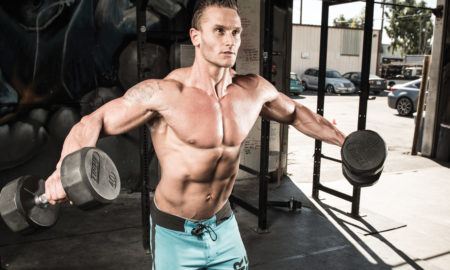
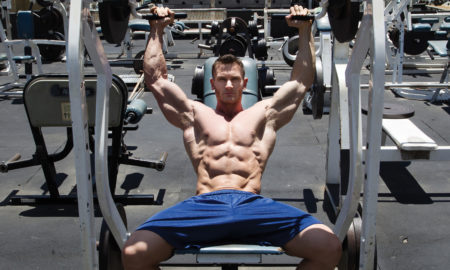














You must be logged in to post a comment Login